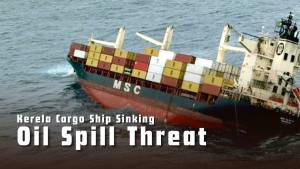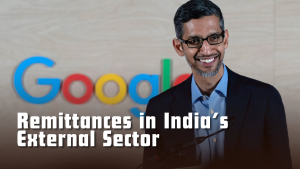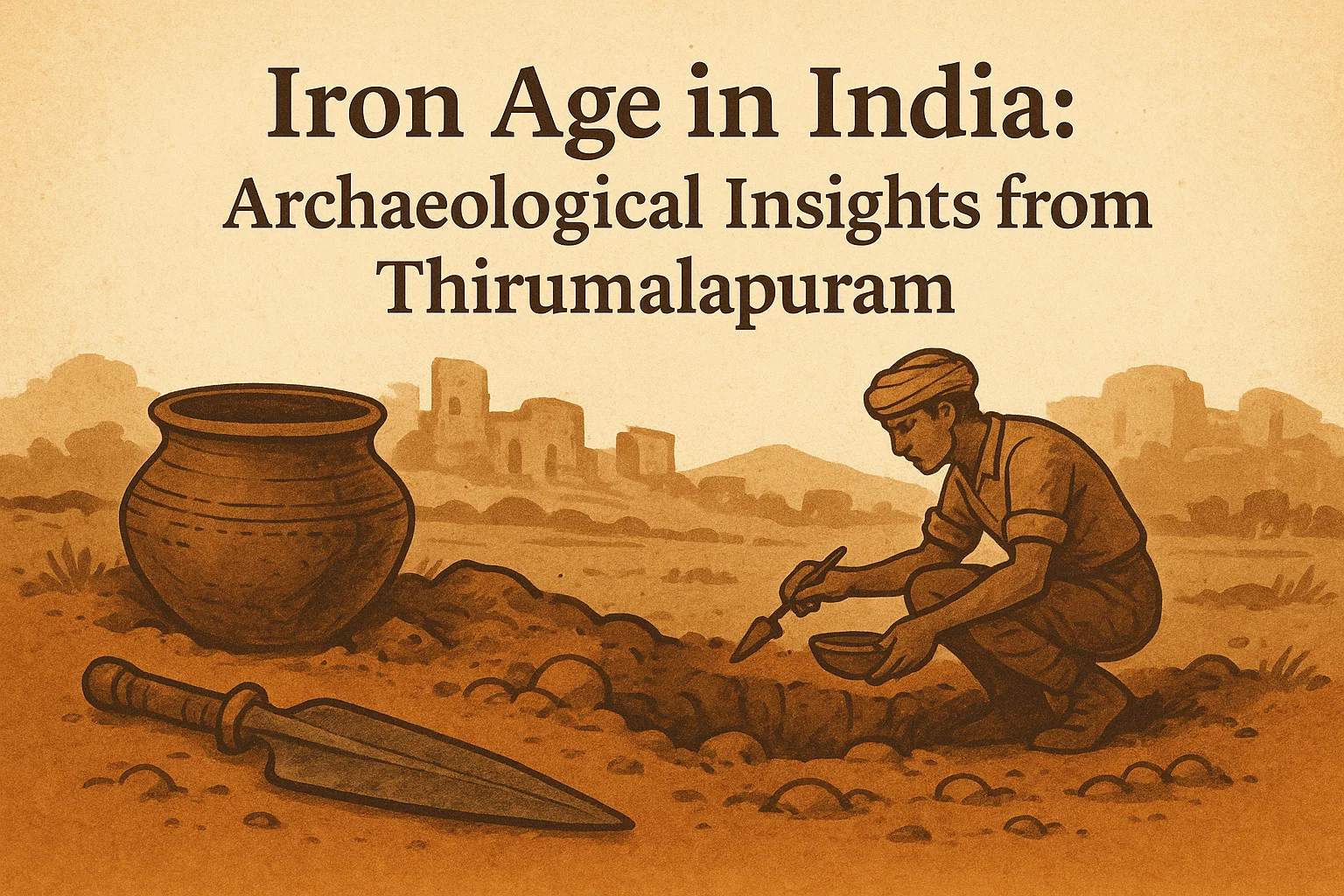Font size:
Print
The Measles Vaccine
Measles vaccine prevented ‘9 crore deaths’ worldwide
Context: Over the past 60 years, measles vaccination has transformed global child health, saving over 9 crore lives worldwide. Once a near-universal childhood disease with high rates of complications and death, measles is now largely preventable thanks to widespread immunisation efforts.
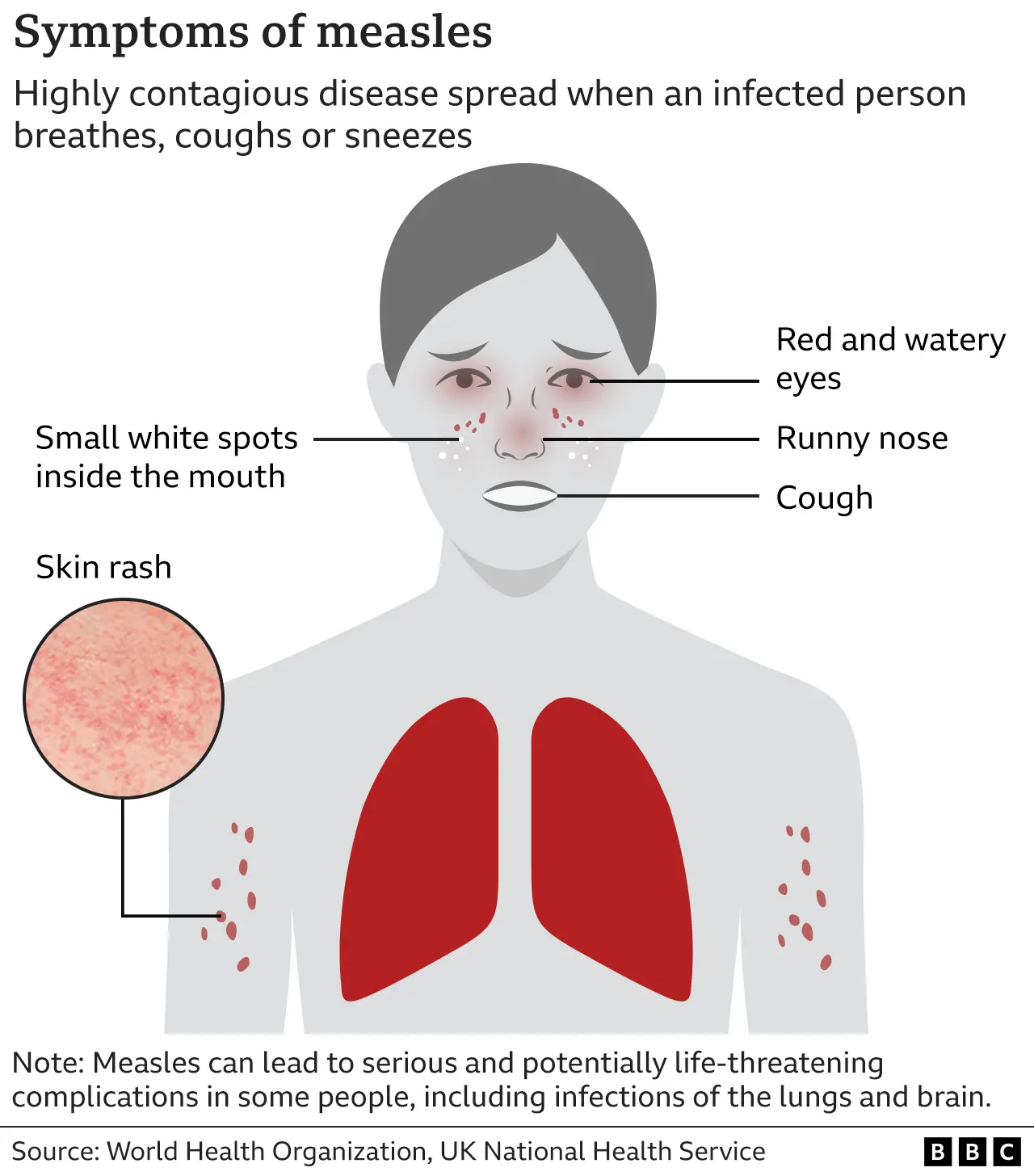
What Is Measles?
- Measles is caused by the measles virus, also known as the rubeola virus.
- Measles is a highly contagious viral disease that can lead to serious health complications, especially in children under 5 years old.
- Symptoms generally appear 7 to 14 days after exposure to the virus.
- Measles can lead to serious complications, especially in young children:
- Ear infections and diarrhoea are common mild complications.
- Pneumonia (lung infection) and encephalitis (brain inflammation) are more severe and can be life-threatening.
- Pregnant women who get measles may also face complications, such as preterm labour.
- Two-Dose Immunisation: WHO recommends 2 doses of measles vaccine for all children. The vaccine can be administered as:
- Measles-only vaccine
- Measles-Rubella (MR)
- Measles-Mumps-Rubella (MMR)
- Measles-Mumps-Rubella-Varicella (MMRV)
- Universal two-dose coverage should be the standard in all national immunisation programmes.
Before the Vaccine: A Dangerous Childhood Disease
- Pre-1963, over 90% of children contracted measles. Of those with symptoms:
- About 25% required hospitalisation.
- In the U.S. alone, measles caused ~50,000 hospitalisations and hundreds of deaths annually.
- Improvements in healthcare, sanitation, and nutrition reduced measles deaths but not cases, as:
- The measles virus is airborne and highly contagious.
- Hygiene improvements cannot prevent its spread.
The Vaccine Breakthrough
- 1963: The first effective measles vaccine was developed by John Enders.
- 1970s–80s: Vaccination scaled up rapidly in richer countries and later globally.
- In just 50 years, over 9 crore (90 million) deaths have been prevented by the measles vaccine.
- Vaccination reduces measles risk 20-fold, based on analysis of over 100 studies.
Global Trends & Regional Impact
- Africa & Southeast Asia saw thousands of measles deaths annually into the 2000s.
- The case fatality rate in these regions was 5–10% in the 1980s.
- Deaths dropped sharply in the 2000s with expanded vaccination coverage.
- The biggest impact in: Africa: 2.9 crore (29 million) lives were saved, and in Southeast Asia: 2.0 crore (20 million) lives were saved. These two regions had the highest measles mortality rates prior to vaccine access.
Vaccination Coverage Over Time
- In the 1980s, vaccine coverage was very low, especially in Africa, Southeast Asia, and the Eastern Mediterranean.
- The Expanded Programme on Immunisation (EPI) by the World Health Assembly scaled up vaccination from the 1970s. By the early 2000s, over 9 crore children (60% of infants) were reached.
- Addressing Gaps: Many children still missed out, especially in poorer regions. In 2000, the Gavi Vaccine Alliance was formed to:
- Expand vaccine access to vulnerable populations.
- Boost measles vaccine coverage to over 100 million infants per year.
- Achieve over 80% global vaccination coverage.
Gavi
- The Vaccine Alliance was established in 2000.
- It is a public-private partnership involving organisations.
- The Bill and Melinda Gates Foundation, the WHO, UNICEF, and the World Bank, working to coordinate and revitalise immunisation programs globally.
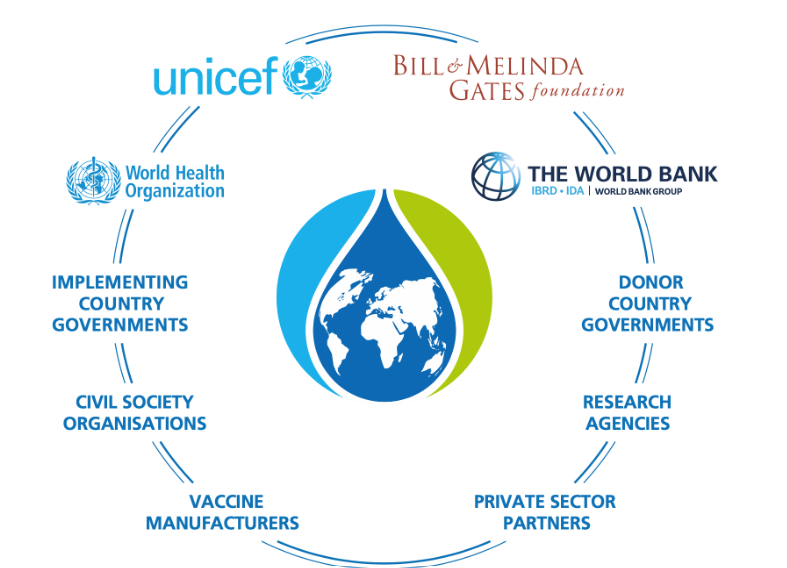
A Public Health Milestone
- The global roll-out of the measles vaccine is among the most successful public health interventions in history.
- It has:
- Prevented tens of millions of deaths.
- Dramatically reduced child mortality.
- Proven the transformative impact of equitable vaccination access.
Subscribe to our Youtube Channel for more Valuable Content – TheStudyias
Download the App to Subscribe to our Courses – Thestudyias
The Source’s Authority and Ownership of the Article is Claimed By THE STUDY IAS BY MANIKANT SINGH

